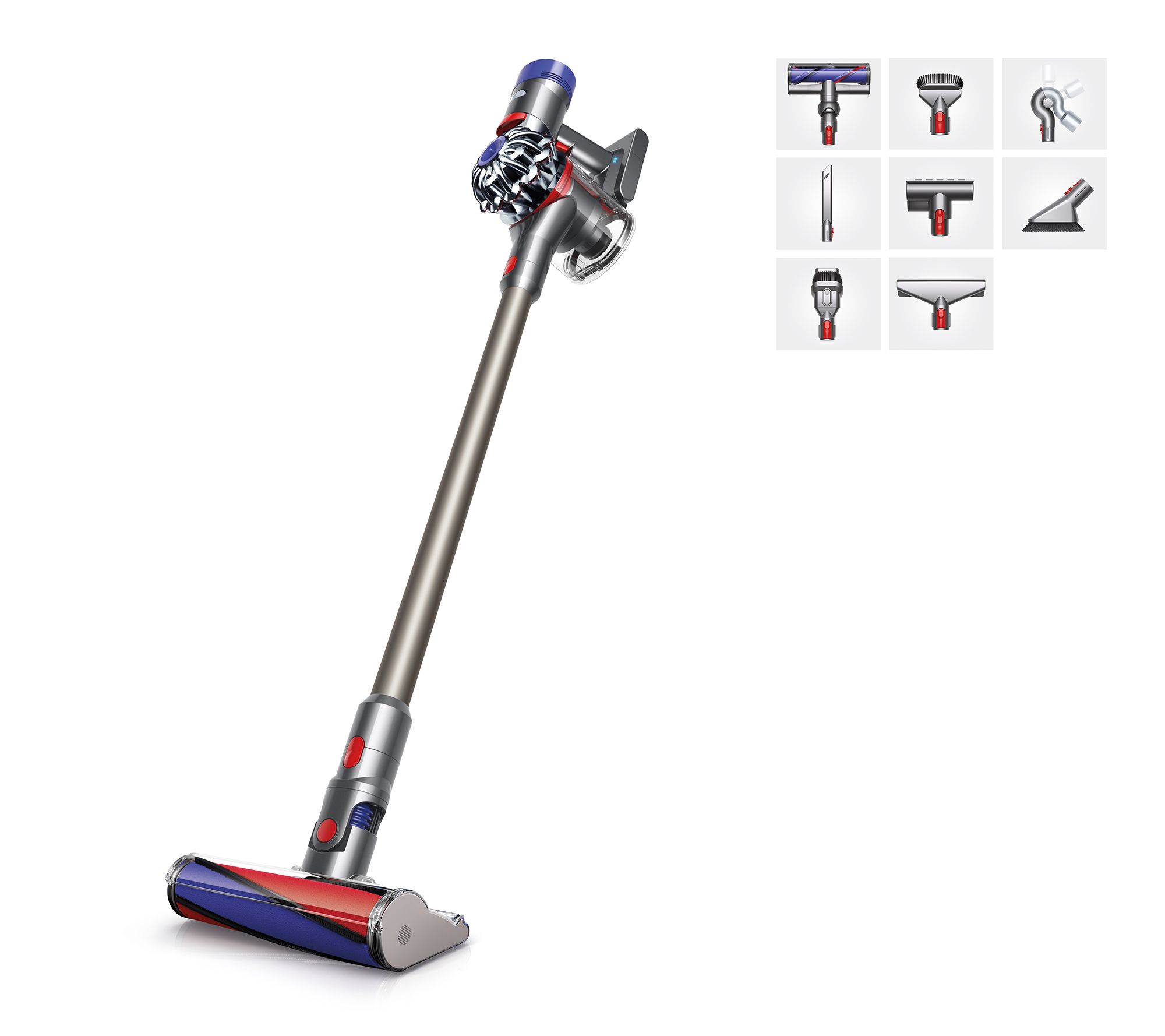iRobot® Roomba® i3+ (3550) Wi-Fi® Connected Robot Vacuum with Automatic Dirt Disposal
The Roomba i3+ robot vacuum helps take vacuuming off your mind- cleaning in neat rows, emptying itself, and learning your habits to offer up personalized schedules. It even empties itself into a disposable bag that takes up to 60 days to fill.
The Roomba i3+ robot vacuum helps take vacuuming off your mind- cleaning in neat rows, emptying itself, and learning your habits to offer up personalized schedules. It even empties itself into a disposable bag that takes up to 60 days to fill.
- Forget about vacuuming for months at a time with the Clean Base® Automatic Dirt Disposal that allows the i3+ to empty itself for up to 60 days
- Pulls in stubborn dirt and messes with a Premium 3-Stage Cleaning System and 10X the Power-Lifting Suction *(Compared to the Roomba 600 series cleaning system)
- Navigates and maps your home in neat rows using state-of-the-art floor tracking sensors to vacuum hardwood and carpet
- Reactive Sensor Technology tells the robot where it can and cannot reach, which means less getting stuck on furniture and more knowing where to go
- Dirt Detect sensors focus cleaning where it’s needed most, like the dirtiest areas of your home
- Learns your cleaning habits to offer up personalized schedules, while Google Assistant and Alexa allow you to start cleaning with just the sound of your voice
- Will even suggest an extra clean when your area’s pollen count is high or during pet shedding season
- Works with Google Home and Alexa enabled devices
- Unique Dual Multi-Surface Rubber Brushes don’t get tangled with pet hair
- Brushes adjust and flex to stay in constant contact with carpets and hard floors
- High-Efficiency Filter traps 99% of cat and dog dander allergens
- With Imprint Link Technology, the Roomba i3+ robot vacuum and Braava jet m6 robot mop team up to vacuum then mop automatically in perfect sequence, giving your floors a comprehensive clean with just a command to your voice assistant or in the app
- Automatically recharges as needed and then continues until the job is done
- 7″ cleaning pathwidth
- 4 onboard attachments
- Cordless, battery-operated
- Requires standard U.S. outlet
- Power indicator light
- Bucket full indicator
- 26 watts
- 1800 amps
- Measures 13.34″ L x 13.26″ W x 3.63″ H
- Weighs 7.44 lb.
- 1-year limited manufacturer’s warranty
- Imported
- Model i355020
Additional information
| Product Depth in | 13.34 |
|---|---|
| Product Width in | 13.26 |
| Product Height in | 3.63 |
| Product Weight lb | 7.44 |
| Cord Length | Cordless |





by Kayse
I had been on the fence for a long time, looking for the perfect robot vacuum. After some research and reviews I chose THIS one. I couldn’t be happier! I have mine programmed every MWF at 9am. Like clock work “Darlene” gets to work on time and does an excellent job. I have not have any issues at all with it “missing” any spots or pieces of dirt. The amount she picks up is awesome (and kind of disturbing…I didn’t realize my floors were so dirty!). Read the instructions and suggestions included. I pick up any shoes off the floor, cords or floor mats with “fringe”….anything that could get tangled on the rollers. I did decided to invest in all of the replacement accessories so I have them here at home if I should need them (nearest BB&B is 60 miles away). My only regret with this purchase is that I didn’t do it sooner!!
by Susan
I’m surprised at the reviews because my rumba from day one learned my apartment goes from room to room hardware to area rugs to a carpet a bedroom with no problems I have two dogs gets all the pet hair I still have to sweep around my plants because it’s too narrow on the sides to get to but that’s it it’s done a great job that had no problems from day one would definitely recommend and would definitely buy it again.
by Claire
Cleans the floor, but very noisy. Seems to follow me around!
by Mary
Other than the times it gets stuck on the base of my floor fan, and gets stuck with something that I have left on the floor, this thing is a dream. It never gets stuck on cords like the cheaper ones. I have 3 dogs and I no longer have to worry about the dog hair that collects everywhere on the hardwood floors. Definitely one of the best purchases I have made.